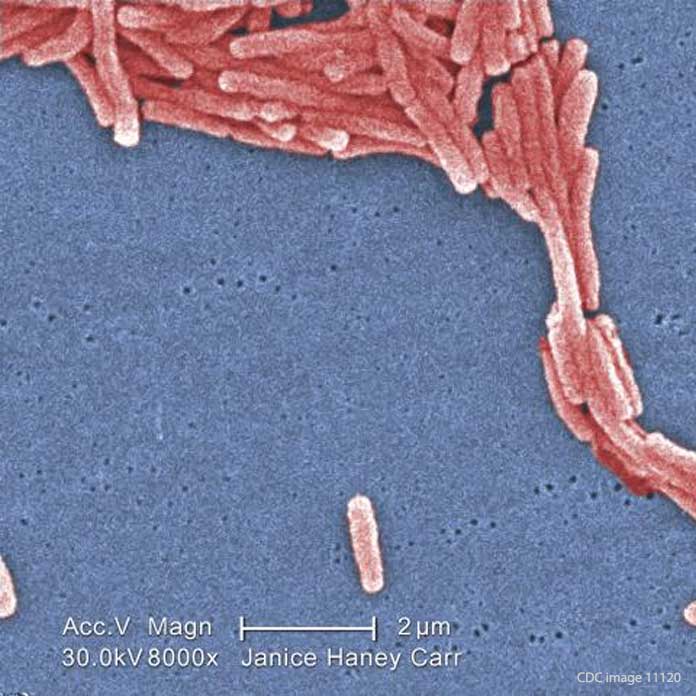Officials at St. Joseph’s Hospital Health Center in Syracuse, NY have revealed that routine testing performed on November 24th detected Legionella pneumonia bacteria in its cooling towers.
Earlier this year, in September and October, 3 patients at the center were diagnosed with Legionnaires’ Disease, a severe form of pneumonia that kills up to 50% of those who contract it in a healthcare (nosocomial) environment.
Two of the patients definitely acquired the disease at the hospital; subsequent tests uncovered Legionella in two patient sinks and an ice machine. It was never ascertained whether the third patient, who died, contracted Legionnaires’ disease at the hospital or in the community.
Cooling towers are a particularly lethal source of Legionnaires’ disease infection, as we learned during this summer’s two outbreaks in the Bronx, NY. Our law firm is currently representing victims of the first cluster of cases, which killed 12 and sickened more than 120 people. The source of this serious outbreak proved to be a cooling tower at the historic Opera House Hotel. Once a cooling tower aerosolizes the Legionella bacteria, it can spread up to 4.5 miles from its source, typically sickening people who are elderly, smokers, or have diabetes or other underlying medical conditions.
St. Joseph’s reports that it has now disinfected its cooling towers in compliance with New York state health department directives. No new Legionnaires’ disease cases have been linked to the contaminated towers.
Once Legionella is established in a hospital’s water systems, it is extremely difficult to eradicate – which is why we hear of repeated outbreaks at healthcare centers such as VA Pittsburgh and Rhode Island Hospital. Temporary expedients such as heat-flushing or continuous chlorination of cooling towers / water systems can help to control an outbreak, but continuing environmental surveillance is vital since Legionella can recolonize so rapidly.
The gold standard of disease prevention, however, is the installation of costly copper-silver ionization systems. Eight years ago, in 2007, scientists evaluated the efficacy of these state-of-the-art systems in controlling Legionella at a university hospital where previous attempts at disinfection had failed. As this study confirmed,
“After implementation of the copper-silver ionization system, environmental colonization with Legionella species decreased significantly, and the incidence of nosocomial legionellosis decreased dramatically, from 2.45 to 0.18 cases per 1000 patient discharges.”1
Hospitals are accountable for the secondary, preventable, and often fatal Legionnaires’ disease cases that patients contract on their premises.
Source:
- Mòdol, J. et al. (2007). “Hospital-Acquired Legionnaires Disease in a University Hospital: Impact of the Copper-Silver Ionization System,” Clinical Infectious Diseases, Volume 44 (2), p. 263-265.
